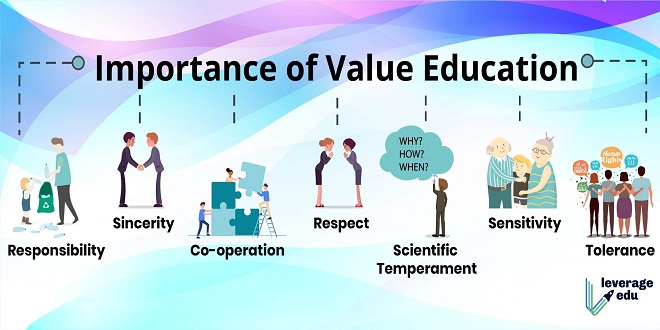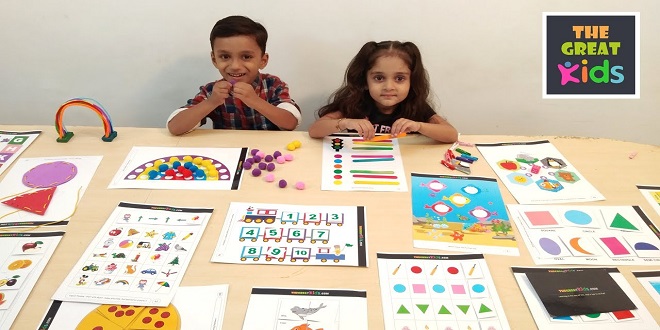Values and Values Education in Schools

What are Values?
Although several surveys of moral and social values in Britain and Europe have been carried out over the last fifteen years (Abrams et al., 1985; Barker et al., 1992), there is still much disagreement about the term ‘Values’. Values have been variously defined as things that are considered ‘good’ in themselves (such as beauty, truth, love, honesty, and loyalty) and as personal or social preferences. Raths, Harmin and Simon (1966, 28) describe values as ‘beliefs, attitudes or feelings that an individual is proud of, is willing to publicly affirm, has [sic] been chosen thoughtfully from alternatives without persuasion, and is [sic] acted on repeatedly’. Fraenkel (1977, 11) considers values as being ‘both emotional commitments and ideas about worth’. Beck (1990, 2) defines values as ‘those things (objects, activities, experiences, etc.) Which on balance promote human wellbeing’. Further definitions are suggested by several of the contributors to the present volume (see in particular Chapters 4 and 6). In the present chapter, however, the term values is used to refer to principles, fundamental convictions, ideals, standards, or life stances that act as general guides to behavior or as points of reference in decision-making or the evaluation of beliefs or action and which are closely connected to personal integrity and personal identity.
Values in a Pluralist Society
Even shares the same understanding of what values are; cf. Haydon, 1995, 56). Yet without shared values, it is impossible to find a basis for the establishment of common institutions in society. Clearly, there could be no society at all without a minimum set of common values and standards of behavior. These are likely to include, first, a basic social morality (in particular, a respect for justice and a recognition that other groups have as much right as one’s own to avoid physical pain and death among their members); second, the acceptance of a common system of law and government by all groups within the broader society (though the systems need not be the same for all ‘broader societies’) and a commitment to seek to change these only through democratic means; and third, a commitment to values presupposed by the pluralist ideal (in particular, the toleration of groups with different ideas to one’s own and the rejection of violence as a means of persuasion). Haydon expands this third category by arguing that citizenship within a plural society requires that everyone should be taught not only about morality but also ‘about the plurality, not merely of values, but of the kinds of significance attached to values’ (1995, 54).
Values Education: Principles and Practice
The term values education has a much shorter history in England and Wales than it has it North America, or even in Scotland. Nevertheless, a recent directory of research and resources in values education in the UK lists 113 entries, made up of research projects, organizations, publications, and other initiatives(Taylor, 1994b). The establishment of the Values Education Council in the UK in 1995 may prove an important turning point; it aims to bring together organizations with a shared interest in values education, its purpose being ‘the promotion and development of values in the context of education as a lifelong process, to help individuals develop as responsible and caring persons and live as participating members of a pluralist society. (Taylor, 1995:24) The emphasis here on personal and social values, moral values, and democratic citizenship is not intended to exclude other values. Indeed, recent official publications tend to link moral with spiritual values (National Curriculum Council, 1993; Office for Standards in Education, 1994a), and strong claims are commonly made about links between moral and aesthetic values (cf. Jarrett, 1991) and between spiritual and aesthetic (Starkings, 1993). Other values frequently mentioned in the context of the school include values relating to cultural diversity, cultural identity and national consciousness; intellectual and academic values; peace, international understanding, human rights, and environmental values; gender equality and antiracism; work and economic values; health; and common human values such as tolerance
Summary
One of the main differences between the American and the British approach to values education is that the former, in the absence of organized traditions of religious or social authority in public institutions, places a stronger emphasis on democratic education, both in terms of teaching the child about how society works and in terms of preparation for citizenship through active participation in school life. Values education in British schools, on the other hand, as in much of Europe, is affected by closer involvement with religion: a third of British schools are denominational institutions, religious education is still a compulsory part of the basic curriculum in all schools, collective worship is part of the statutory school day, and there is a strong official view that religious education and collective worship are central to children’s moral and spiritual development (National Curriculum Council, 1993). There is an assumption among those who do not share this official view that a gradual decline among religiously based values will occur (White, 1987:22), leading to the slow disappearance of specialized religious and moral instruction and the emergence of citizenship courses as the main focus for children’s moral development in school (Cha, Wong and Meyer, 1988:12). Whether this assumption is justified, however, is very much open to question.





